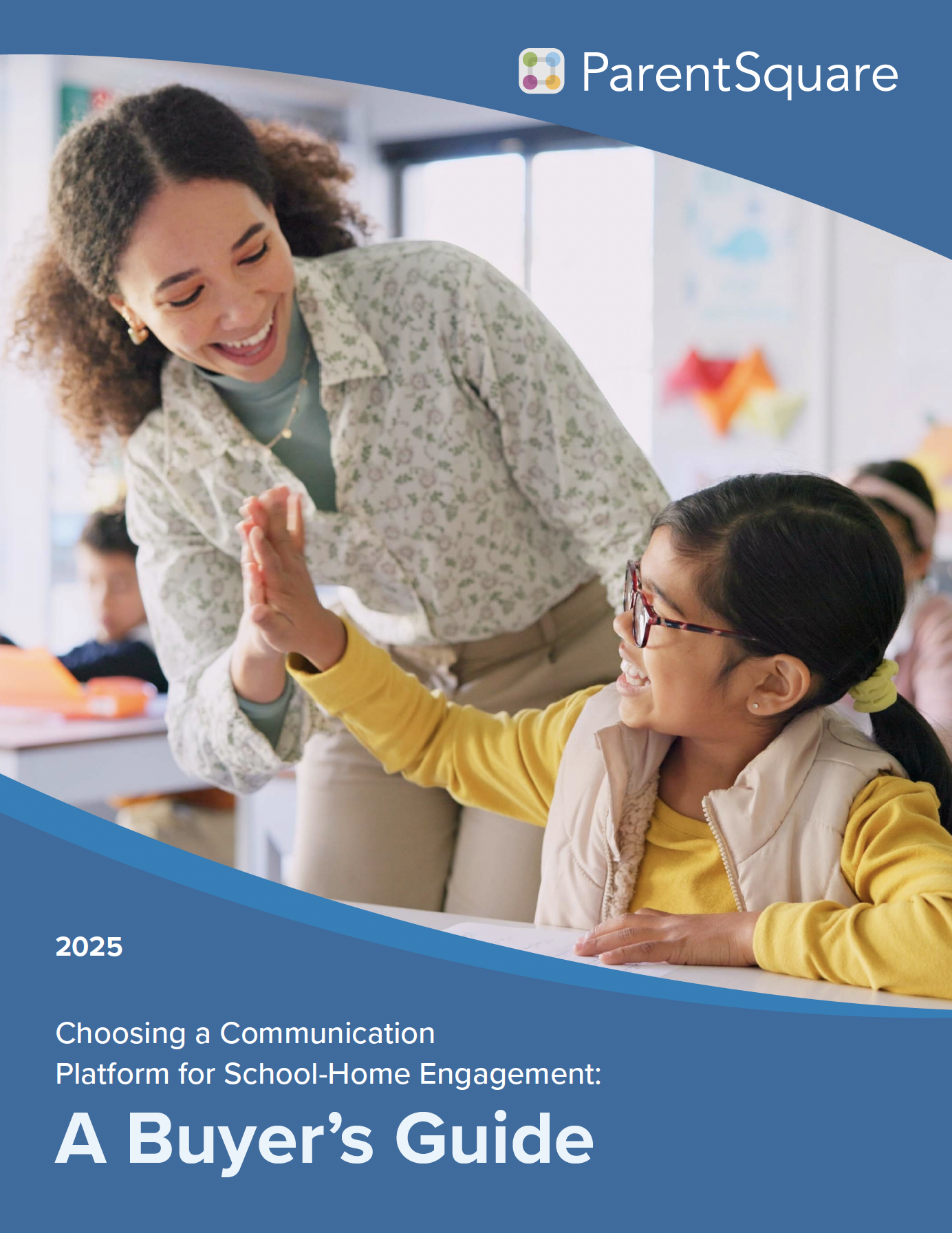
Evidence suggests that connecting with students leads to significant impacts on student learning. Whether you’re an administrator looking to engage families and develop a stronger school community or a teacher looking to improve student engagement and academic success, finding ways to intentionally connect with your students is a critical factor.
This school year, make it a priority to connect with your students to support their wellbeing and academic achievement. Here are five tips to connect with students:
1. Make yourself available and accessible.
When students feel that their teachers and administrators are more accessible to them, they are more likely to reach out when they need help or advice. Whether you make yourself available to students through messaging, email, phone, or in-person office hours, offering your time and engaging with students can help you connect with students on a deeper level. This also teaches students how important it is to ask for what they need when they’re struggling or in need of support.
2. Open up to students and share your stories.
There is a misconception that it’s better to keep your personal and school lives separate. On the contrary, opening up to your students about your interests, experiences, and even some of your challenges can help to create a culture of honesty, inclusivity, and trust at your school. While there are obviously some things better kept private, telling your students about your life can help cultivate deeper connections––plus, students are more likely to open up to you when they need support.
3. Learn about and celebrate students’ cultures.
The diversity of your school’s families can be one of your greatest assets, opening your entire school community up to a world of different cultures, ideas, and experiences. Ask students about their individual cultural backgrounds and traditions, and find ways to celebrate your students’ diverse cultures throughout the year. Not only will you connect with students more when you know more about their families, but you will help promote a culture of inclusivity and culturally responsive education.
4. Check in with students.
Students spend up to half of their waking hours in school and participating in school activities each year, so having the support of their teachers and administrators is critical for their wellbeing and academic success. Check in with students regularly to see if they need additional help with their classes, emotional support, or guidance toward resources outside of your scope. Check-ins can be done one-on-one, over email or safe and secure messaging, or even through entrance or exit tickets in the classroom.
5. Engage with students beyond the classroom.
A big part of connecting with students is showing them that you are there for them as more than just a teacher, which means showing up for them beyond the classroom. While it’s always important to set boundaries around your work-life balance as an educator, it’s also beneficial to attend student games, competitions, or performances when you can. This communicates to students that they are more than just their success in your classroom to you and shows them that you care about all of their interests and achievements.
As you find ways to connect with students, a unified school-home communication platform can be an invaluable tool. ParentSquare is made for family engagement and communications equity, making it easy to reach every student and every family in an accessible and effective way.







